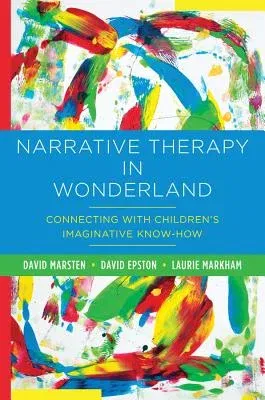Therapists may marvel at children's imaginative triumphs, but how often
do they recognize such talents as vital to the therapy hour? Should
therapists reserve a space for make-believe only when nothing is at
stake, or might it be precisely those moments when something truly
matters that imagination is most urgently needed?
This book offers an alternative to therapeutic perspectives that treat
children as vulnerable and helpless. It invites readers to consider how
the imaginative gifts and knowledge of children, when supported by the
therapist and family, can bring about dramatic change.
The book begins with an account of the foundations of narrative theory.
It explains how such elements as language, characterization, and
suspense contribute to the coherence of a story and bring young people
into focus.
Each subsequent chapter provides specific suggestions for the practice
of narrative therapy. Examples of the difficulties children face are
offered, along with narrative interventions and tips for overcoming
common barriers that can arise along the way. Readers will learn a
variety of ready-to-implement strategies, including how to personify
problems, compose letters to affirm children's identities, summon
fairies to lend a helping hand, and many more. Sample dialogues between
the authors, children, and their parents bring the application of each
practice to life, illuminating how even the most stubborn problem can be
outwitted, sometimes by mischievous means.
With robust professional insight, Narrative Therapy in Wonderland will
aid any practitioner in calling on children's imaginative know-how. How
often can a young person be spotted diving headlong into a world of
fantasy? This book explores the extraordinary fact that these young
people may, upon arrival in Wonderland, be far better equipped to take
on even dire challenges than when they remain up above.

